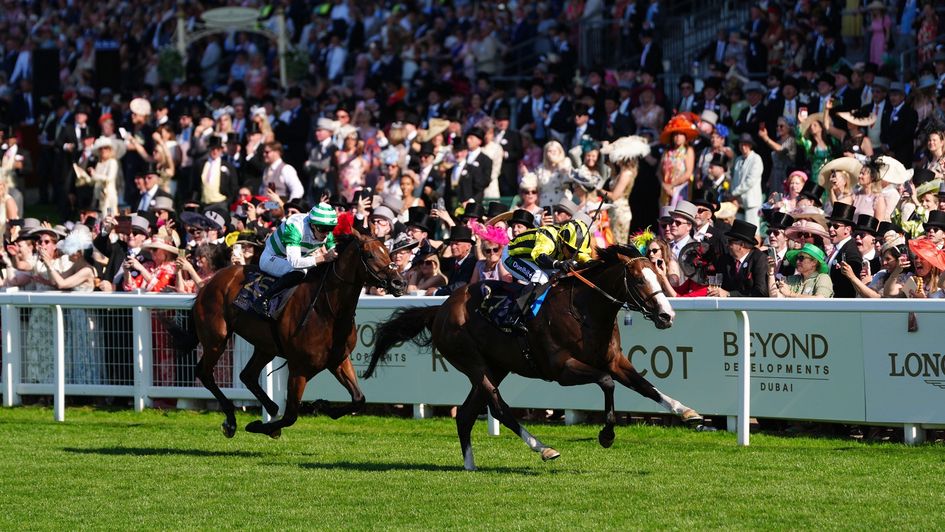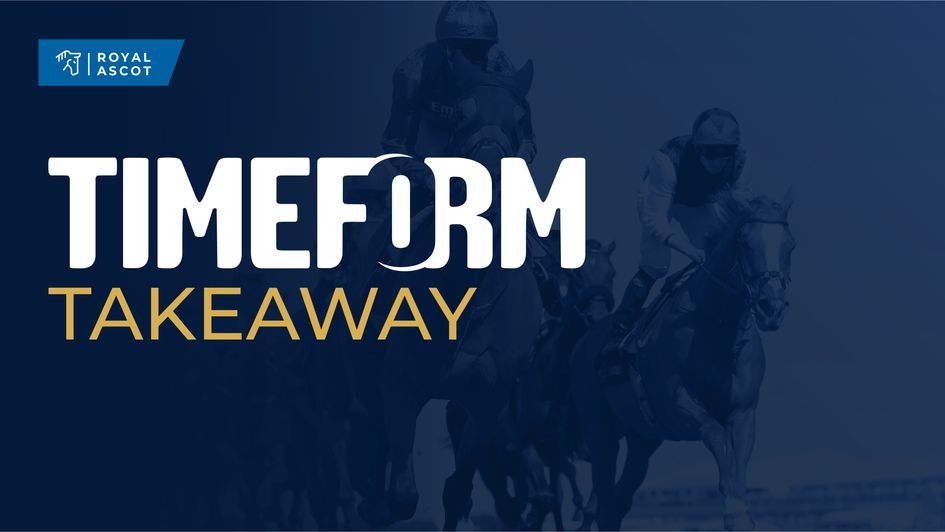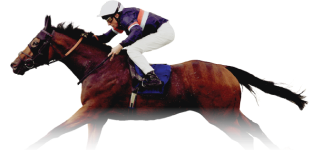Timeform's Rory King on how times are changing with the Royal Ascot handicaps and what that means moving forward.
Perhaps this slot would have been best suited to a drill down into the nuts and bolts of the Gold Cup but, never one to conform, I’m going down a different route.
The appeal of Royal Ascot is perfectly understandable for connections, but it seems that it has taken on even greater heights this year, with runners this week from Britain, Ireland, France, Australia, USA, Qatar, Japan, Germany and even Norway.
The allure of the meeting and the clamour to buy Royal Ascot hopefuls in the weeks leading up to the meeting means that competition for places in all the races is so competitive, but particularly so in the handicaps.
Take yesterday’s Royal Hunt Cup, for instance. There was just a 12 lb range between the top and bottom weights in a field of 30. In the 4 previous years since a pandemic-hit meeting of 2020 that range has been 16 lb, 15 lb, 17 lb and 19 lb respectively.

A narrower range goes some way to explaining why My Cloud was able to become the shortest priced winner of the race as there are slightly fewer ‘lurkers’ and unexposed horses have to show their hand a bit more before the meeting in order to guarantee they’re high enough in the handicap to get a run.
That was the case with My Cloud himself, in fact, who, while looking tailor-made for the race after winning at the track on his handicap bow on his reappearance, would have missed the cut had he not won at Newbury subsequently.
It was a similar story in today’s Britannia in which there was just a 10 lb range between the 30 runners, the smallest it’s ever been. For context, 10 years ago there was 19 lb between top and bottom weights and 20 years ago that range stood at 23 lb. While in tomorrow’s Duke of Edinburgh a mark of 96 was only enough for HMS President to be among the reserves (although he has snuck in).
What does this mean for assessing races at the meeting? Well, a higher average/median official rating for participants in the handicaps inherently means the races are ‘stronger’ but, with the less exposed ones having had to show their hand a bit more (or not getting in), perhaps fewer runners will be as far ahead of their handicap mark as has often been the case.
On top of that, a compressed handicap in which the horses are more closely grouped means there’s likely to be less between the runners in the races themselves, paving the way for both jockeyship and luck in running to play an even bigger part.
French Master’s two-and-a-half length win in Tuesday’s Copper Horse stands out a bit at present as the other handicaps so far this week have been won by a neck, three quarters of a length, a length, a length and a neck.
More from Sporting Life
- Free bets
- Racecards
- Fast results
- Full results and free video replays
- Horse racing news
- Horse racing tips
- Horse racing features
- Download our free iOS and Android app
- Football and other sports tips
- Podcasts and video content
Safer gambling
We are committed in our support of safer gambling. Recommended bets are advised to over-18s and we strongly encourage readers to wager only what they can afford to lose.
If you are concerned about your gambling, please call the National Gambling Helpline / on 0808 8020 133.
Further support and information can be found at and .











